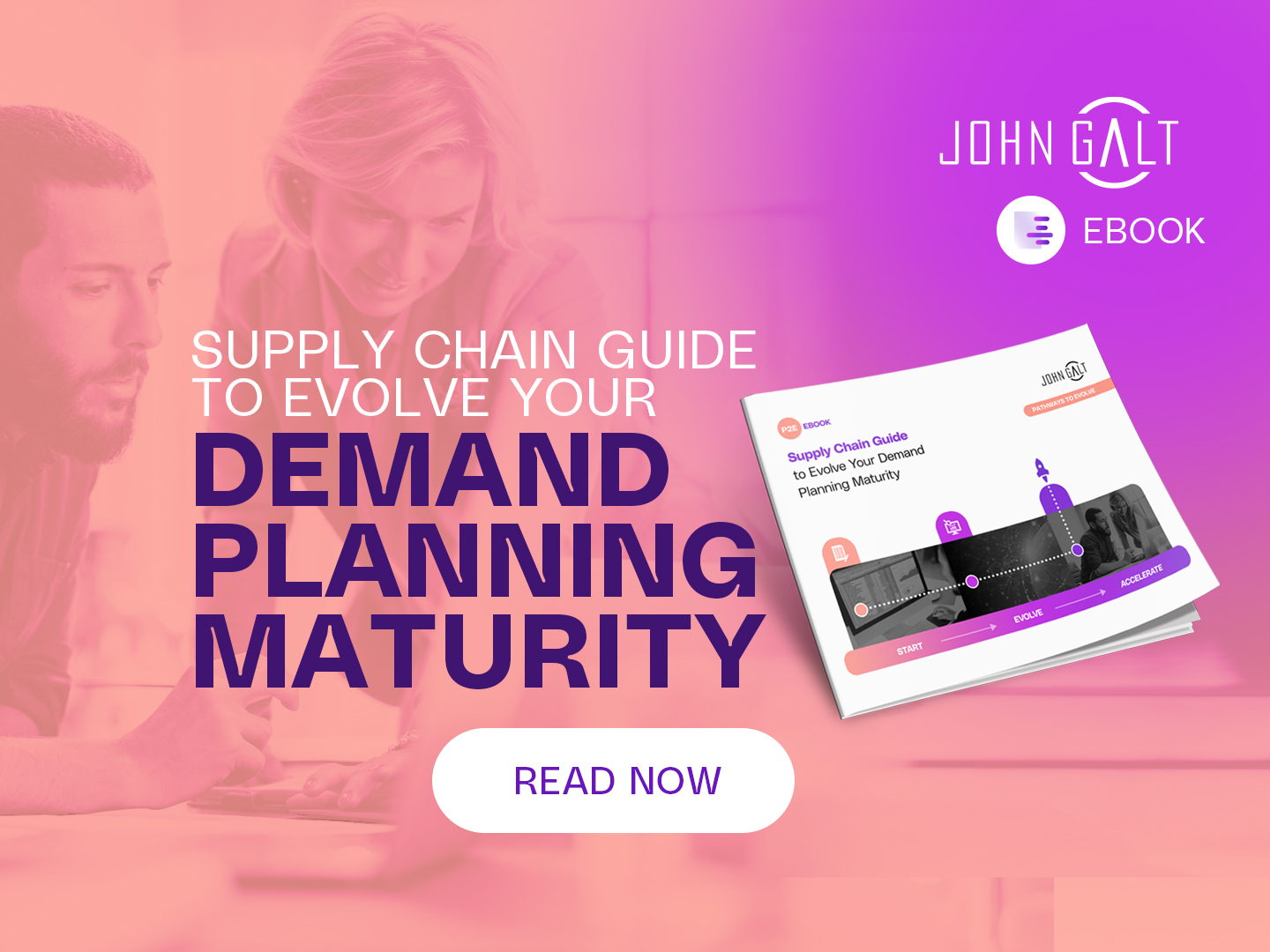For many organizations, perhaps including yours, this may sound familiar: supply chain planning is managed on highly configured spreadsheets, a light commercial demand planning solution, ERP system, or software developed in house. And this may have worked just fine as a demand planning tool. But, more and more often, recent changes in supply chain complexity mean you’re spending more time fixing issues and asking yourself, “there has to be a better way!” to intelligently respond to new and unforeseen challenges. Do any of these sound familiar?
- Business leaders asking for more resilience and agility in managing rapid changes in demand and supply
- Greater demand for more varied, localized assortments
- Additional sales channels and growing online demand
- Ongoing supply chain bottlenecks and supply limitations
- Financial volatility due to inflation and fluctuating commodity prices
It’s pretty clear those complexities aren’t going anywhere, and the reality is, these are just the tip of the iceberg. As an article in The Economist put it, “the era of predictable unpredictability is not going away.”
All that means solutions that rely primarily on historical data, with some human intervention thrown in, are no longer capable of modeling future demand with an acceptable degree of accuracy. RSR Research found more than half (52%) of retailers call keeping forecasts in sync with changing demand a top three challenge for their companies. The impact to manufacturing lead times can be even greater as we try to align sourcing and manufacturing strategies.
Limiting Your Success
The limited functionality of basic solutions makes it difficult to move beyond foundational demand modeling and forecasting. When pressures on the supply chain grow more complex, it becomes even more important to apply a range of analytical methods including advanced statistical models across different time horizons and product, customer and geographic levels; and collaborate on the plan with key stakeholders inside and outside your organization. But without that sort of functionality built into the planning solution, that becomes nearly impossible.
To meet more complex demand and live up to supply chain’s newly recognized role as a growth driver, it’s essential to level up demand planning maturity.
According to Gartner, “companies currently at early-stage maturity in supply chain planning should shift from operating in ‘defensive mode" to intentionally driving business growth, in order to grow the maturity of the supply chain planning capability.”
Download the eBook, Guide to Evolve Your Demand Planning Maturity
 Disruption has dominated supply chain agendas over the past two years as companies worked to accommodate some pretty dramatic shifts in the marketplace.
Disruption has dominated supply chain agendas over the past two years as companies worked to accommodate some pretty dramatic shifts in the marketplace.
With new appreciation for supply chain as a growth driver, smart companies are now looking to level up their ability to leverage supply chains for competitive advantage.
Key Capabilities of More Strategic Demand Planning
Evolving the maturity of your demand planning typically means moving from foundational tools to a platform with a dedicated, advanced demand planning solution. There’s a lot to consider, but we see these three capabilities as must-haves:
- Modeling your base demand so you can forecast with greater accuracy. Everything you do from here on out is built on this foundational understanding of your products and their historical demand patterns.
- Improving the forecastability of your data. Each product in your portfolio varies both in terms of the value to the business—how profitable each item is—and demand for it, which may be sporadic, trendy/seasonal, or constant. Addressing them differently leads to better overall accuracy.
- Beginning to use statistical techniques, such as understanding how different models and statistical results can improve your forecast. For example, a method called attribute-based forecasting can be a powerful and effective tool for new product planning and portfolio analysis.
Moving Seamlessly Up the Maturity Curve
Responding to today’s more complex demand planning challenges means leveling up in your ability to model and forecast your demand. A cloud-based, single data model solution like the Atlas Planning Platform enables you to better understand your portfolio’s unique demand patterns and start applying advanced analytics and forecasting techniques. It automates many of your routine processes and decisions leaving your team available to focus on more strategic initiatives. It also empowers your team to collaborate with key stakeholders such as sales, marketing, finance, as well as your partners, to fine-tune your forecasts for even greater accuracy.
As you master those capabilities, there is more you can do. At John Galt Solutions, we partner with you across your entire journey, enabling you to start, evolve, and accelerate your demand planning maturity as your abilities and needs evolve.



